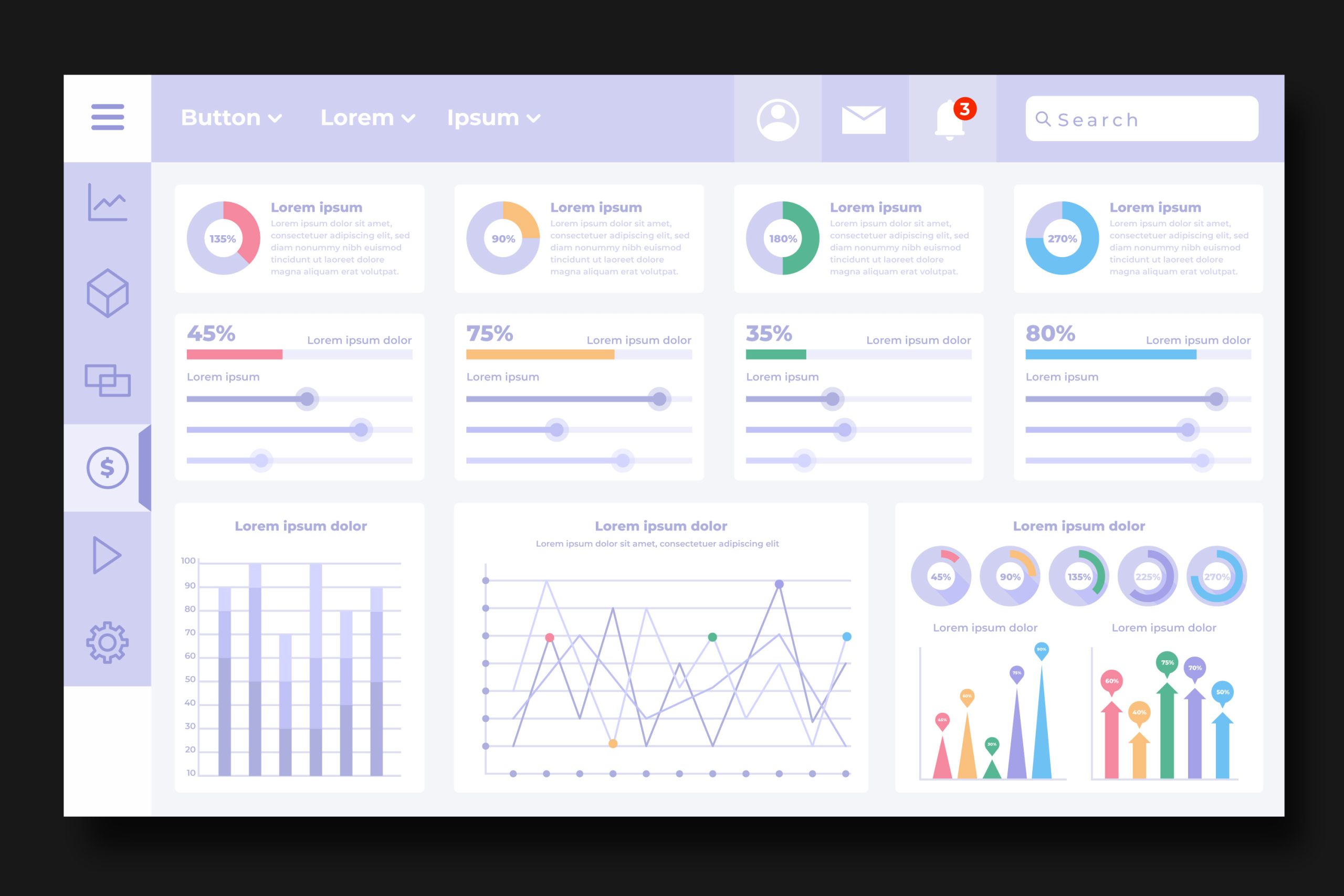In the dynamic world of project management, staying on top of every detail is crucial for success. Real-time project tracking is no longer a luxury; it’s a necessity. A project status dashboard serves as a vital tool that provides up-to-the-minute updates on project progress, enabling teams to make informed decisions quickly. In this article, we will explore the significance of project status dashboards and how they can transform your project management practices.
Understanding Project Status Dashboards
A project status dashboard is a visual representation of project metrics and data, designed to provide a high-level overview of project health. It consolidates various data points into a single interface, making it easier for project managers and team members to monitor progress, identify issues, and communicate effectively.
Key Components of an Effective Dashboard
-
Real-Time Data: Displays current project metrics, ensuring that stakeholders have access to the latest information.
-
Visual Elements: Incorporates charts, graphs, and progress bars to represent data visually, making it easier to understand.
-
Customizable Layout: Allows users to tailor the dashboard to their specific needs, highlighting the most relevant information.
Benefits of Using a Project Status Dashboard
1. Real-Time Updates
One of the most significant advantages of a project status dashboard is its ability to provide real-time updates.
-
Importance of Up-to-the-Minute Information: In project management, conditions can change rapidly. Having access to real-time data allows project managers to respond promptly to new developments.
-
Influencing Decision-Making: With current information at your fingertips, you can make informed decisions that can steer the project back on track if needed.
2. Enhanced Visibility
A project status dashboard offers a clear overview of the project’s health.
-
Providing a Clear Overview: Stakeholders can quickly assess project status, including progress, budget, and resource allocation.
-
Benefits for Stakeholders and Team Members: Enhanced visibility fosters transparency, ensuring that everyone is on the same page regarding project expectations and outcomes.
3. Improved Collaboration
Collaboration is key to successful project management, and dashboards facilitate this process.
-
Facilitating Communication: Dashboards serve as a central hub where team members can share updates, insights, and feedback.
-
Sharing Updates Effortlessly: With a dashboard, everyone can access the same information, reducing the chances of miscommunication and ensuring that all team members are aligned.
4. Proactive Risk Management
Identifying potential issues before they escalate is crucial for maintaining project momentum.
-
Identifying Potential Issues Early: Dashboards highlight areas of concern, allowing project managers to address them proactively.
-
Implementing Preventive Measures: By monitoring key metrics, teams can implement strategies to mitigate risks and avoid delays.
5. Data-Driven Decision Making
A project status dashboard empowers teams to make decisions based on data rather than intuition.
-
Utilizing Metrics for Informed Decisions: Dashboards provide a wealth of information, enabling project managers to analyze performance and make strategic adjustments.
-
Adjusting Strategies Based on Real-Time Data: Data-driven insights can lead to more effective project strategies, ultimately improving outcomes.
Key Features of an Effective Project Status Dashboard
1. Customizable Views
Every project is unique, and the ability to customize the dashboard is essential.
-
Tailoring the Dashboard to Fit Project Needs: Users should be able to adjust the layout and information displayed to suit their specific project requirements.
-
Importance of Personalization: Customizable dashboards ensure that team members focus on the metrics that matter most to them.
2. Visual Representations
Visual elements are crucial for effective data interpretation.
-
Utilizing Charts and Graphs for Clarity: Visual representations make complex data more digestible, allowing team members to quickly grasp project status.
-
Making Complex Data Easy to Understand: A well-designed dashboard transforms raw data into actionable insights.
3. Integration with Other Tools
Seamless integration with other project management tools enhances functionality.
-
Connecting with Project Management Software: Dashboards should integrate with existing tools to streamline workflows and consolidate data.
-
Streamlining Workflows Across Platforms: Integration reduces the need for manual data entry, saving time and minimizing errors.
4. Task Tracking and Management
Effective task management is essential for project success.
-
Monitoring Progress on Tasks and Milestones: Dashboards should provide visibility into task completion status, helping teams stay on track.
-
Ensuring Accountability Among Team Members: By linking tasks to specific team members, dashboards promote accountability and ownership.
5. Reporting and Analytics
Dashboards should facilitate reporting and analytics for continuous improvement.
-
Generating Insights and Performance Reports: Effective dashboards allow users to create reports that highlight key performance indicators (KPIs).
-
Tracking KPIs for Continuous Improvement: Regularly reviewing metrics helps teams identify areas for growth and improvement.
Implementing a Project Status Dashboard
To effectively implement a project status dashboard, consider the following steps:
-
Define Your Metrics: Identify the key metrics that will provide insights into project performance.
-
Choose the Right Tool: Select a dashboard tool that aligns with your project management needs and integrates seamlessly with your existing software.
-
Customize Your Dashboard: Tailor the dashboard layout and information to fit your team’s requirements and preferences.
-
Train Your Team: Ensure that all team members understand how to use the dashboard effectively.
-
Regularly Update and Maintain: Keep the dashboard current by regularly reviewing and updating the data it displays.
Conclusion
A project status dashboard is an invaluable tool for real-time project tracking, providing teams with the insights they need to succeed. By enhancing visibility, improving collaboration, and facilitating data-driven decision-making, dashboards empower project managers to steer their projects toward success.




